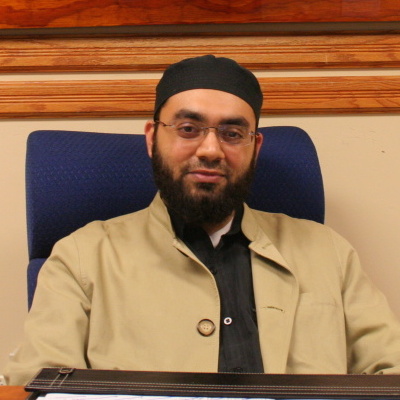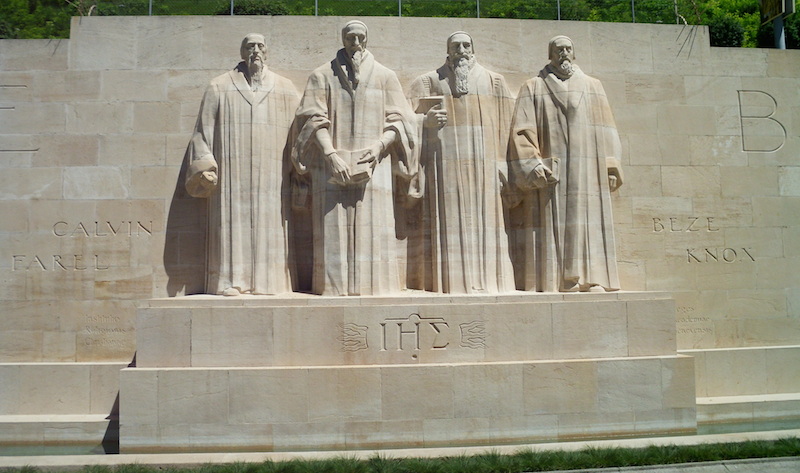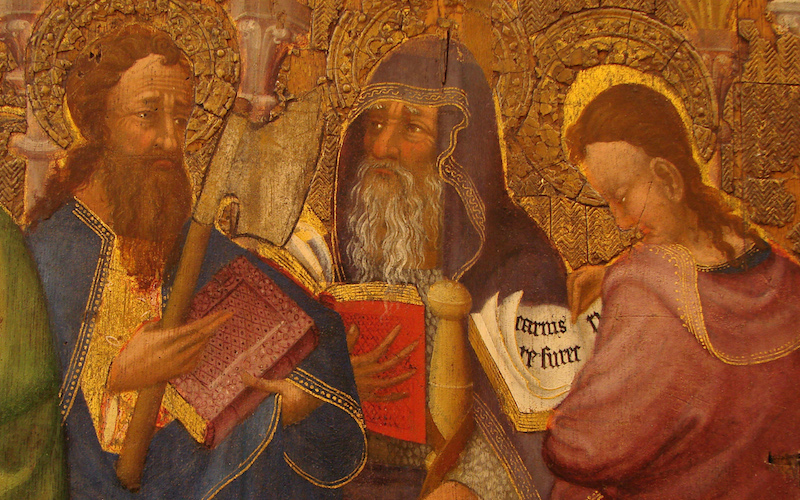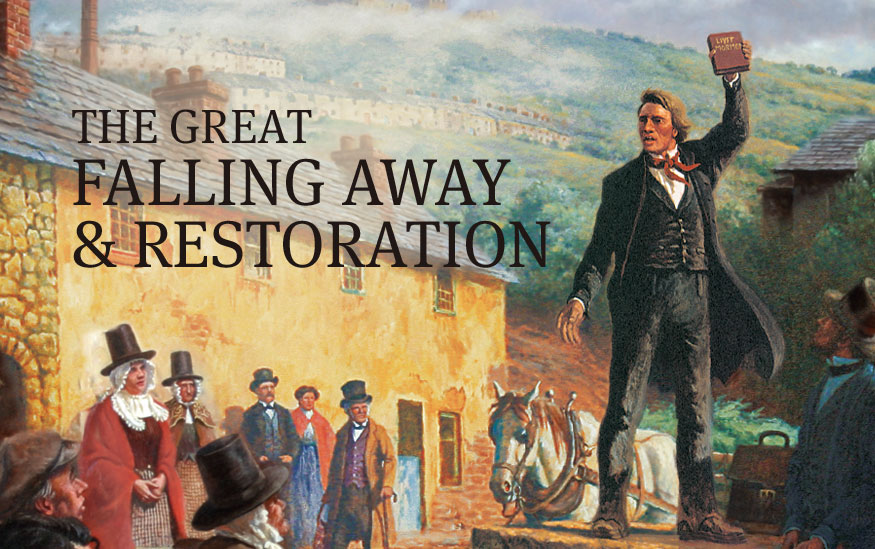What works in your diocese?

I know that a lot of people who read this blog don’t live in San Diego. I also know that many of you are involved in ministry in some way, especially youth and young adult ministry. Therefore, I thought I’d do a post outlining some of the things we do here in San Diego which have proven popular, in case you wanted to try the same thing in your Diocese.
1. Theology On Tap
I expect most areas of the country have implemented a Theology On Tap programme. Simply put, you take over a restaurant or bar and have a speaker present on a topic for 45 minutes. There’s usually some Q&A and some group discussion. If you want a good turn-out make sure you do a talk on relationships every now and again 🙂
2. The Mega Series
This was something that we came up with in this diocese. Very often Catholics can feel isolated. This is particularly true of young Catholics when most of the people in their parish are significantly older. What the Mega Series attempts to do is bring large numbers of young adults together in traditional devotions, followed by a social. The goal of this is to remind Catholics that they are not alone and are part of a much larger Church. The three main “mega” events we’ve had have been:
(a) Mega Mass
(b) Mega Adoration
(c) Mega Rosary
3. Bible Study
One of the most popular events in the Diocese is the Young Adult Bible study and it’s very often one of the first “spiritual” events new arrivals attend. Given this, it’s important that the Bible study has a strong social and welcoming dimension.
4. Rosary and Adoration
Very often we try complicated, clever things to attract young adults and youths. However, I’ve seen time and again that simply having a night of adoration or recitation of the rosary attracts significant numbers of people.
5. Holiday Parties
The Young Adult Christmas Party in San Diego this is the social event of the year. Everyone gets dressed up, has dinner together and dances the night away. The other major holidays of the year (Memorial Day etc.) are likewise marked with a substantial gathering.
6. Sports
Here is San Diego there is a thriving Catholic Ultimate Frisbee community, in addition to many other sports.
7. Dancing
About four times a year I teach a dance lesson in the Diocese, usually either Salsa or Swing, and there’s always a solid turn-out.
Do any San Diegans have any other thoughts on what works well in our Diocese? What about those of you from elsewhere in the country? What events seem to be most engaging?











